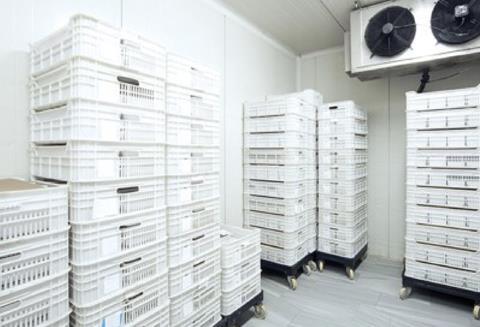The international partnership will advance post-harvest applications of ChillSafe technology

Coolsan and Janssen PMP have entered into an exclusive international agreement to evaluate how to expand and enhance postharvest applications of ChillSafe technology, based on the Ultra Low Dose of Hydrogen Peroxide Vapour (ULD-HPV).
The technology has so far been proven predominantly in citrus, to reduce biofouling and ethylene, the groups noted.
Results have included longer storage times for fresh produce, they said, while ensuring ”superior hygienic conditions” in cold storage, packing houses and shipping reefers.
The purpose of the agreement is to leverage Janssen PMP’s scientific, regulatory, commercial and post-harvest expertise to build on ChillSafe’s success.
Over the next 12 months, Janssen PMP said it would conduct a multidisciplinary evaluation of Coolsan’s ChillSafe technology with the objective of developing the business in several countries across the world.
ChillSafe has already been successfully utilised in some South American countries, Australia, South Africa and New Zealand for six years.
The groups stated that benefits to customers had included reduced spoilage, improved produce quality and increased storage time, allowing growers to release their produce to the market at optimal pricing.
“This agreement opens exciting opportunities for evaluating how ChillSafe can be integrated into post-harvest processes to enhance food safety and reduce food waste,” said Geoffroy de Chabot-Tramecourt, director R&D and business development at Janssen PMP. “We look forward to exploring the full potential of this technology globally.”
Coolsan CEO Thomas DeMasi said that its primary post-harvest focus had been on the citrus export market, where customers reported a 5 per cent reduction in wastage during storage thanks to the ULD-HPV technology of ChillSafe.
“By tapping into Janssen PMP’s scientific resources and global network, we aim to expand efficacy testing to other types of fresh produce, while understanding how best to apply the technology across the post-harvest supply chain,” he added.



